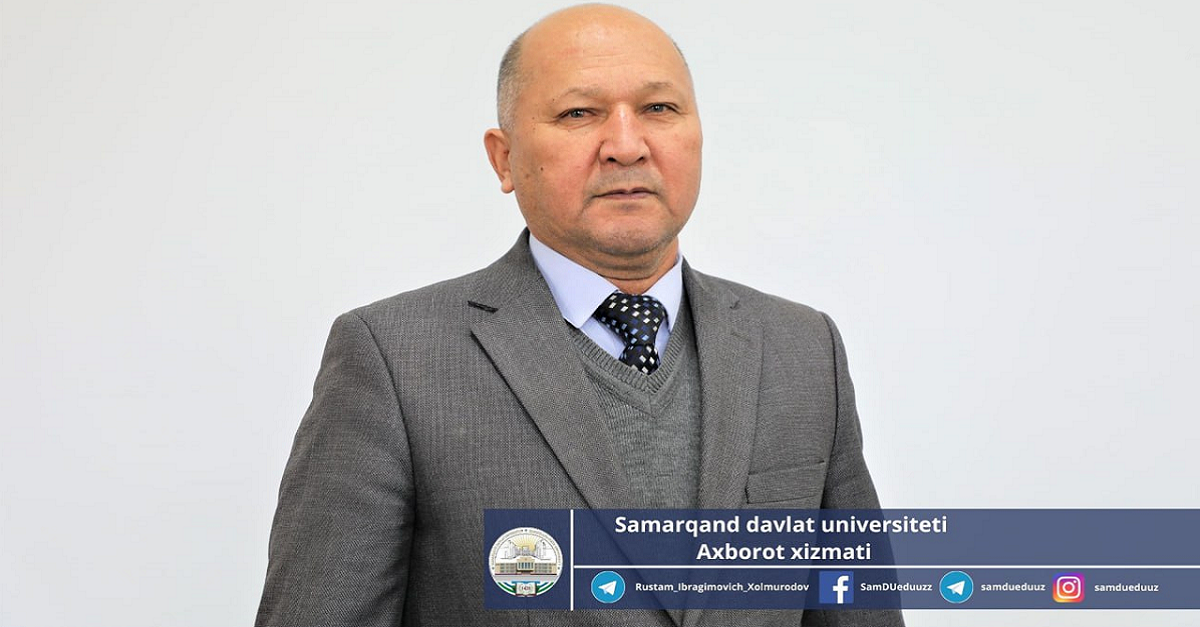Alternative energy sources and modern life

It is no secret that energy is the basis of a person's lifestyle. The total amount of energy consumed by a person depends on the stages of historical development. For example, in the period of primitive society, food was considered the average energy consumed by a person in one day, i.e., the exchange energy that ensures his existence. Its amount is about 2.4 kWh, and with the standard of living of modern developed Western countries, this figure is more than 10 times higher than that of the primitive communal system and is 250 kWh.
This indicator includes not only the exchange energy that supports human life, but also all its modern needs: communications, electrical and thermal energy, transport, etc. To uninterruptedly meet such needs of citizens on a global scale, a large amount of energy will be required.
In Sweden, with a population of about 10 million people, an average of 169.9 TWh (terawatt-hours) of electricity is produced per year, and in our country with a population of more than 36 million people - 70.01 TWh, i.e. electricity is produced 2.4 times less. To compare the amount of electricity per capita, in Sweden, which ranks first in the world in terms of lifestyle, this figure is on average 13,480 kWh, and in our country - 1645 kWh (8 times less). So, the higher the level of development of a country or society, the more electricity is consumed.
The rapid development of the economy of Uzbekistan, the construction and operation of new plants and factories, changes in the transport industry and infrastructure, rapid population growth lead to a sharp increase in demand for electricity in our country.
In the winter of this year, it was clearly felt that the capacity of existing sources of electricity is not enough to meet these requirements. Currently, electricity produced in Uzbekistan is mainly generated by thermal power plants (85 percent) and hydroelectric power plants (13 percent). The amount of energy obtained from alternative energy sources is 1.5-2 percent, based on information obtained from various sources. Thanks to the efforts of the head of our country, outdated power plants have been replaced with more efficient ones, new capacities are being built using domestic capabilities. Despite this, today's level of development is difficult to provide with electricity. The reason for this is the decrease in the reserves of natural hydrocarbon resources, the absence of large rivers in our country and the remoteness from the seas and oceans, which limits the increase in the capacity of thermal power plants and hydroelectric power plants.
A lot of positive things are being done in our country to address these issues. At the expense of foreign partners, solar and wind power plants are being built in Samarkand, Navoi, Surkhandarya, Bukhara, Namangan regions of our republic on the basis of public-private partnership.
At one of the meetings held by the head of state on the issue of providing our country with electricity, Professor of the Jizzakh Polytechnic Institute Urushboy Yuldashev advocated the establishment of the production of solar cells (SC) based on silicon in the city of Jizzakh, and this proposal was supported by our president.
It was announced the decision of the president to cover 30% of the needs of state-owned enterprises for electricity from alternative energy sources, and by 2030, 25% of the electricity needed for the country's needs will be covered by alternative energy sources.
Samarkand State University named after Sharof Rashidov also plans to quickly install solar panels on its buildings worth 15 billion soums. This is certainly a bold step towards the use of alternative energy sources at SamSU.
In our opinion, it is very serious, necessary and gratifying that much attention is being paid to the problem in this area. Here I would like to make a few suggestions and comments:
In the near future, the installation of solar panels on the roofs of buildings will become a real problem. As a solution to this problem, buying solar panels from abroad and assembling them in our country will lead to a slight reduction in costs.
In the long term, the domestic production of solar panels should be on the agenda. At present, it is necessary to get acquainted with the top 10 technologies for the production of solar panels, choose the most convenient for our country, and immediately begin scientific research and design research in this area.
Although monocrystalline silicon solar panels are the most common, they also have disadvantages such as high cost, brittleness and heat resistance. Currently, there are several new technologies included in the Top 10 technologies that do not have these shortcomings. For example, silicon-based heterojunction solar panels can be produced. However, neither research institutes nor higher educational institutions in our republic conduct research and development work in this area.
Another urgent problem not only in our country, but throughout the world is the issue of saving electrical and thermal energy, and there is something to be done in this area too. It is very important to replace the electricity used for lighting with energy-saving and homemade lamps. The application of smart home technologies would be the same if architects focused on designing energy efficient houses for rural residents and creating technologies for their construction using local raw materials.
If we begin to master and replace the above technologies, we will have the opportunity to make great strides in this area and save a large amount of electricity in our country...
Eshkuvvat Arzikulov,
professor at Samarkand State University
named after Sharof Rashidov.

